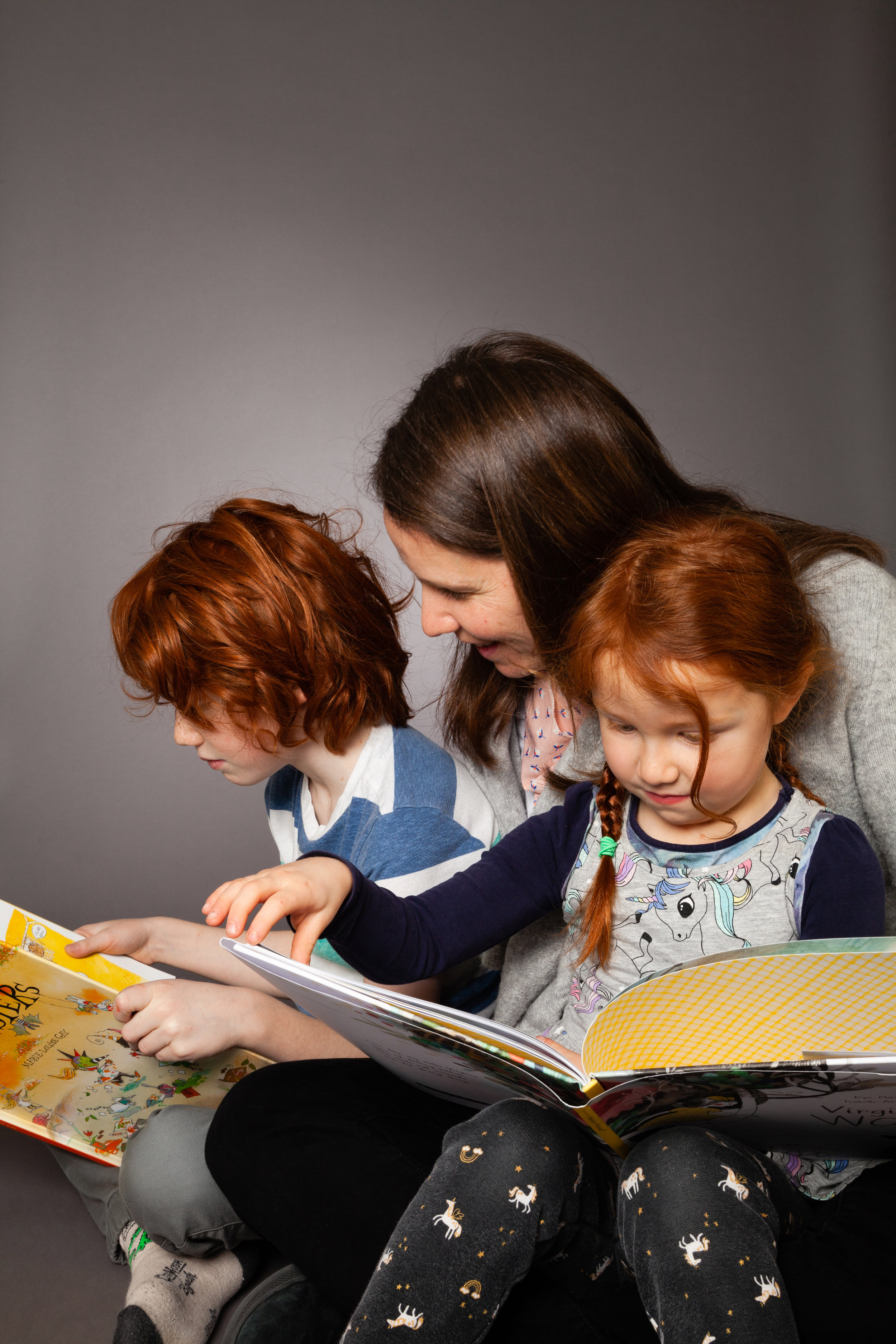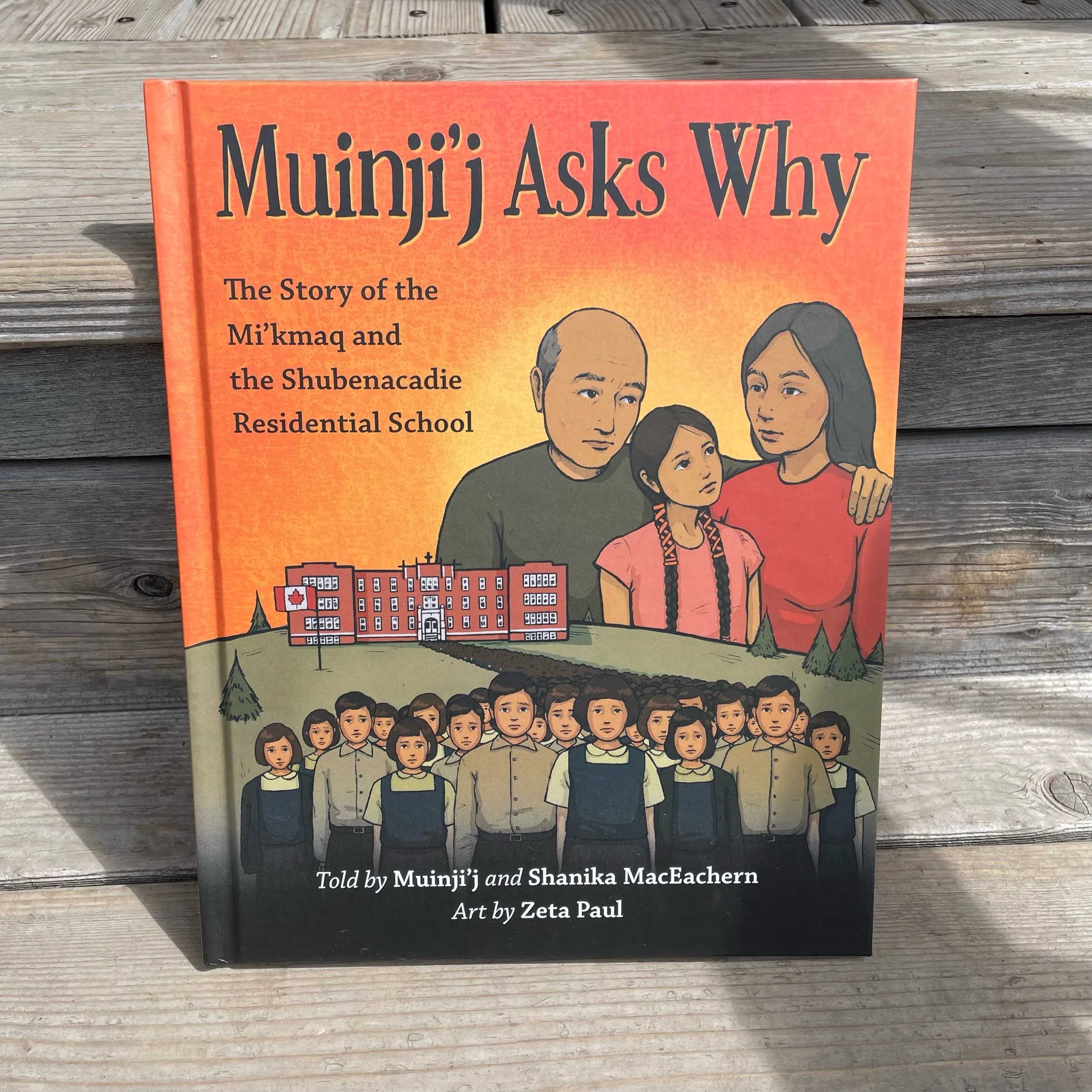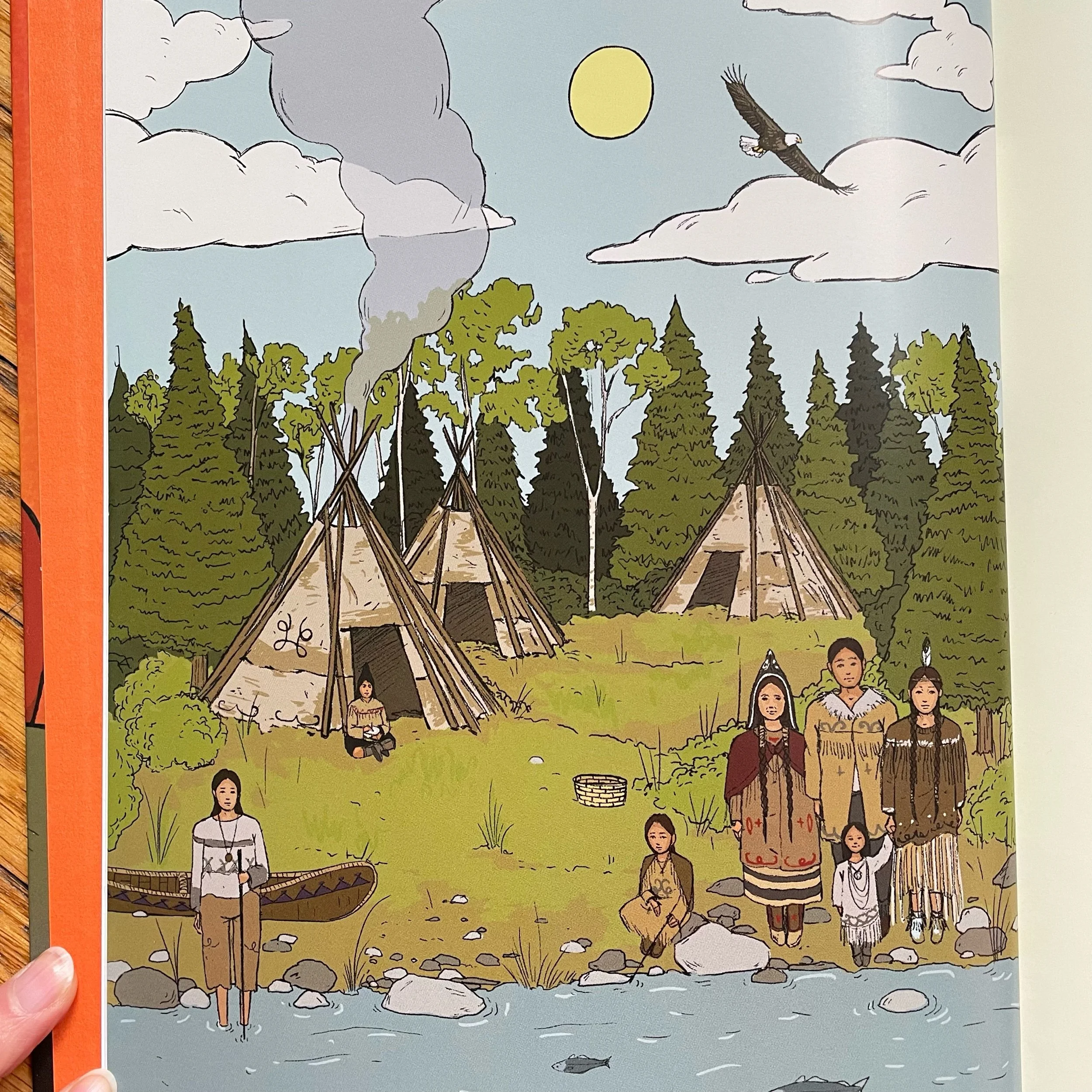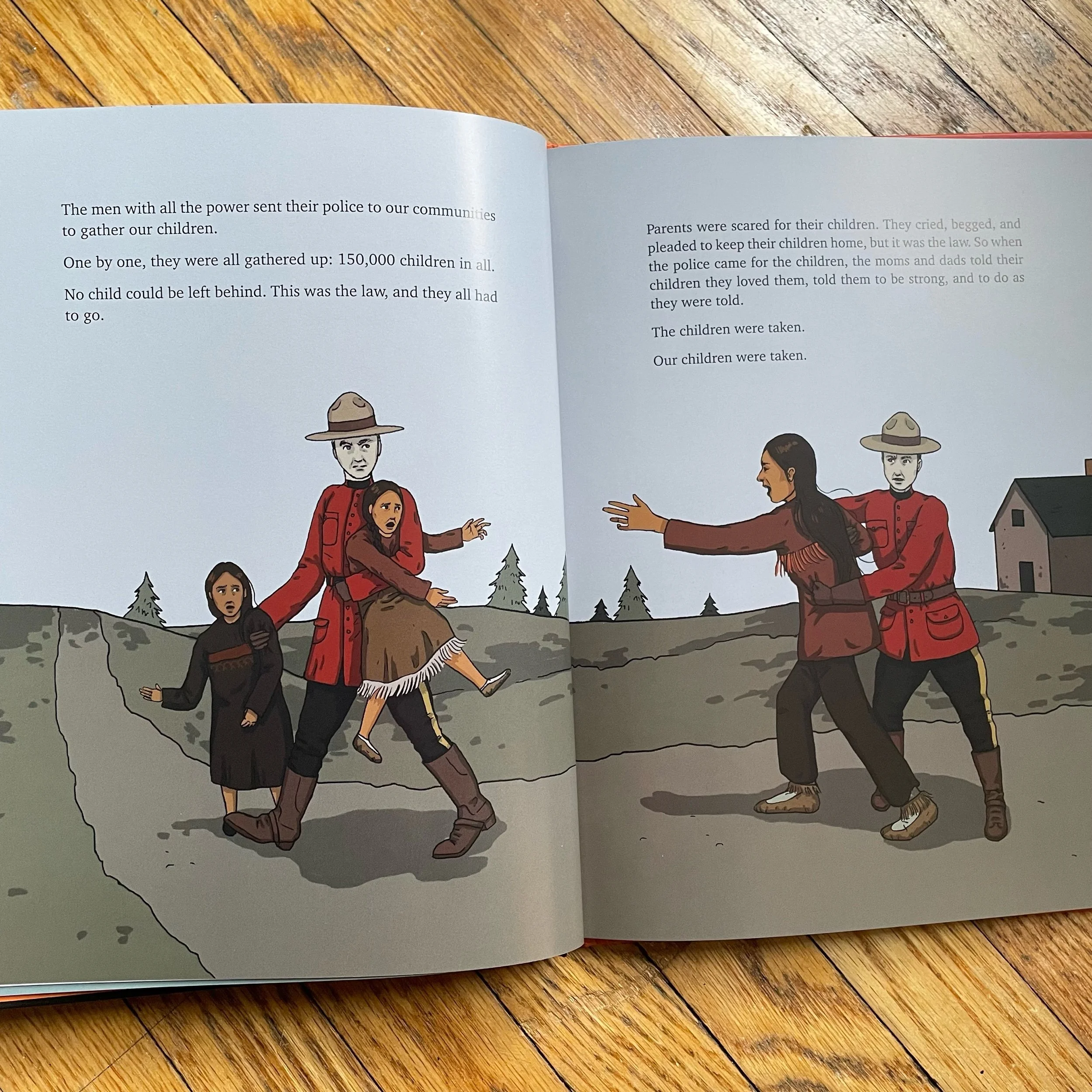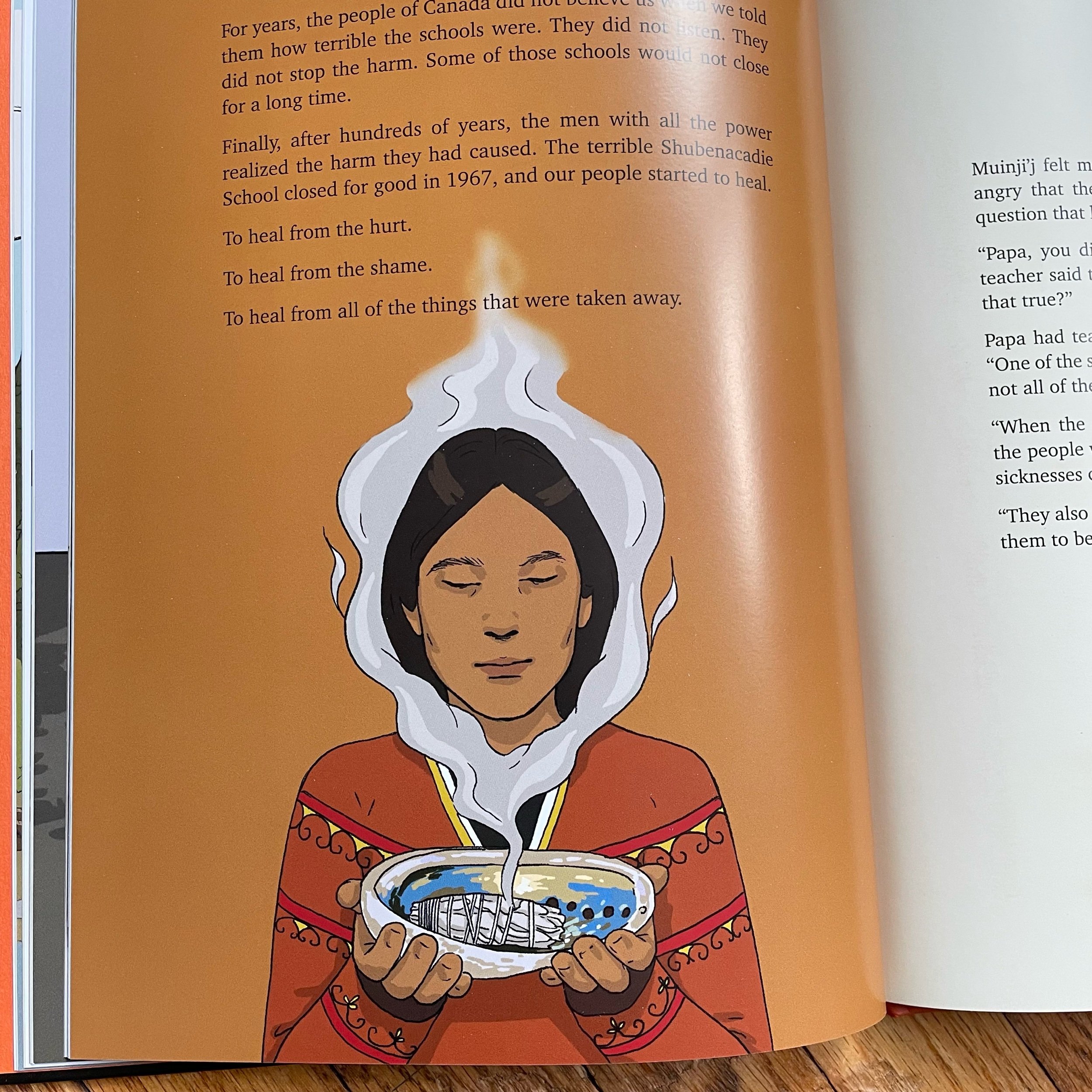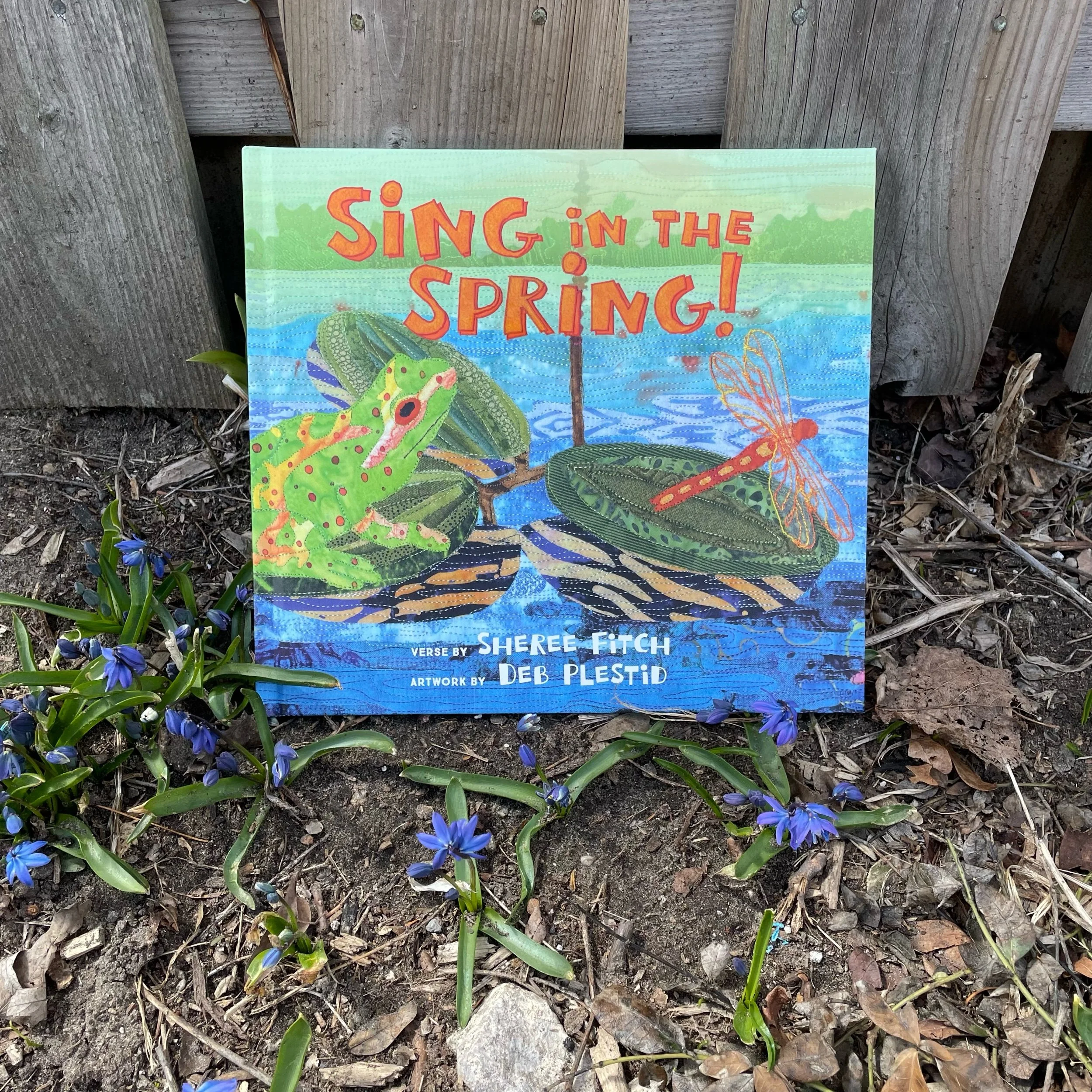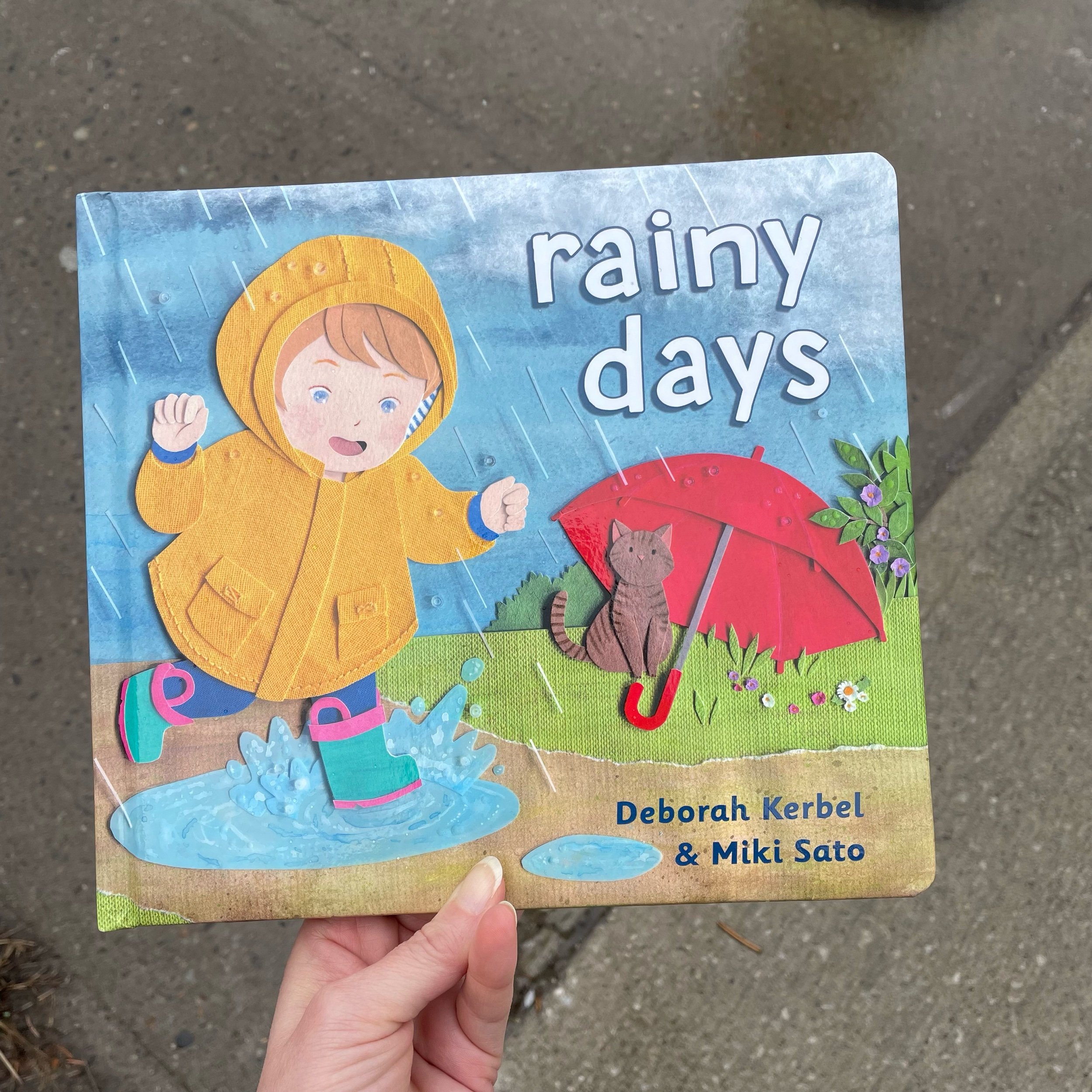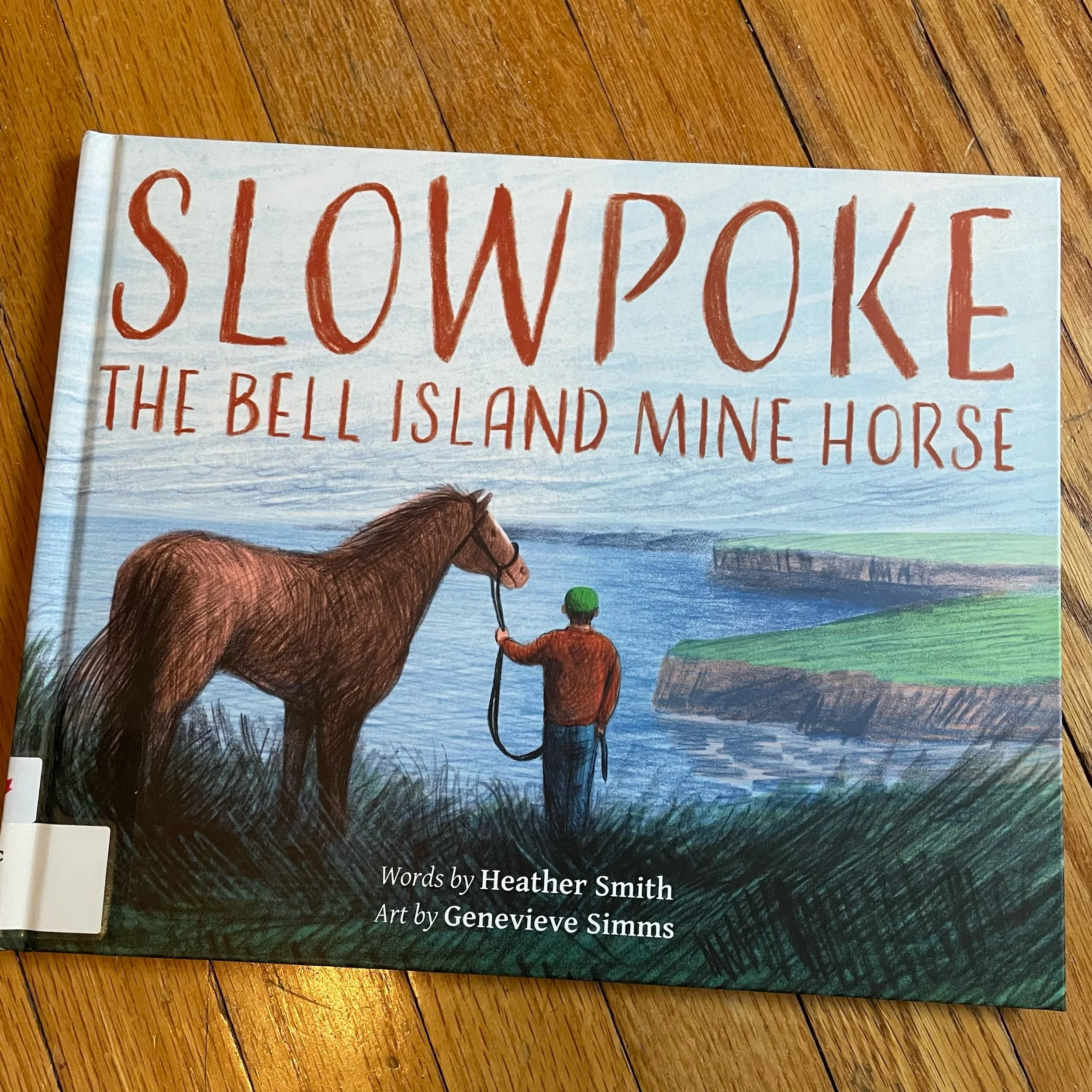Muinji’j Asks Why
A poignant story about a young girl’s search for answers after learning about residential schools at school. Muinji’j Asks Why: The Story of the Mi’kmaq and the Shubenacadie Residential School by Muinji’j and Shanika MacEachern with illustrations by Zeta Paul is essential reading for all Canadians.
When Muinji’j arrives home from school she has many questions for Nana and Papa. She has learned things about residential schools from her teacher which are contrary to what Nana and Papa have told her and she wants answers. Lovingly, Nana and Papa tell her the story of her people, the Mi’kmaq and how they lived many years ago. They tell her of the new people who came who at first shared the land with the Mi’kmaq but soon turned greedy. They tell her of the school created to make all the Mi’kmaq just like the Canadians and they told her of the children who never returned to their communities.
We know that in order to heal and have a relationship with Indigenous people, we first must accept the truth of what happened and continues to happen due to colonization. Muinji’j and Shanika MacEachern have written a story that shares these truths in a way that is easily understood and accessible to all children in Canada. Their story highlights the story of the Mi'kmaq from the east coast of Turtle Island and is a truth that follows the same arc as stories from other Indigenous communities throughout what we now call Canada. This story also bravely tells the children of today about the lost children at residential schools, those who never came home making it a timely and necessary story to share with all children, at home and at school.
Muinji’j Asks Why is a longer story as it takes readers back to the beginning, before contact and colonization so best for older readers. I would have loved to have seen some more information at the end of the book such as other resources for further learning, a pronunciation guide and perhaps other resources pertaining specifically to Mi’kma’ki.
Zeta Paul’s illustrations capture the travels through time and life at Shubenacadie Residential School. She purposefully creates dark and foreboding illustrations when the story turns to life in the school, and beautiful, lively illustrations when highlighting the community.
It’s nice to have information from different communities to share with readers so that readers understand that Indigenous people are not a monolith but each community has their own stories, their own traditions and there own perspectives from residential schools.
